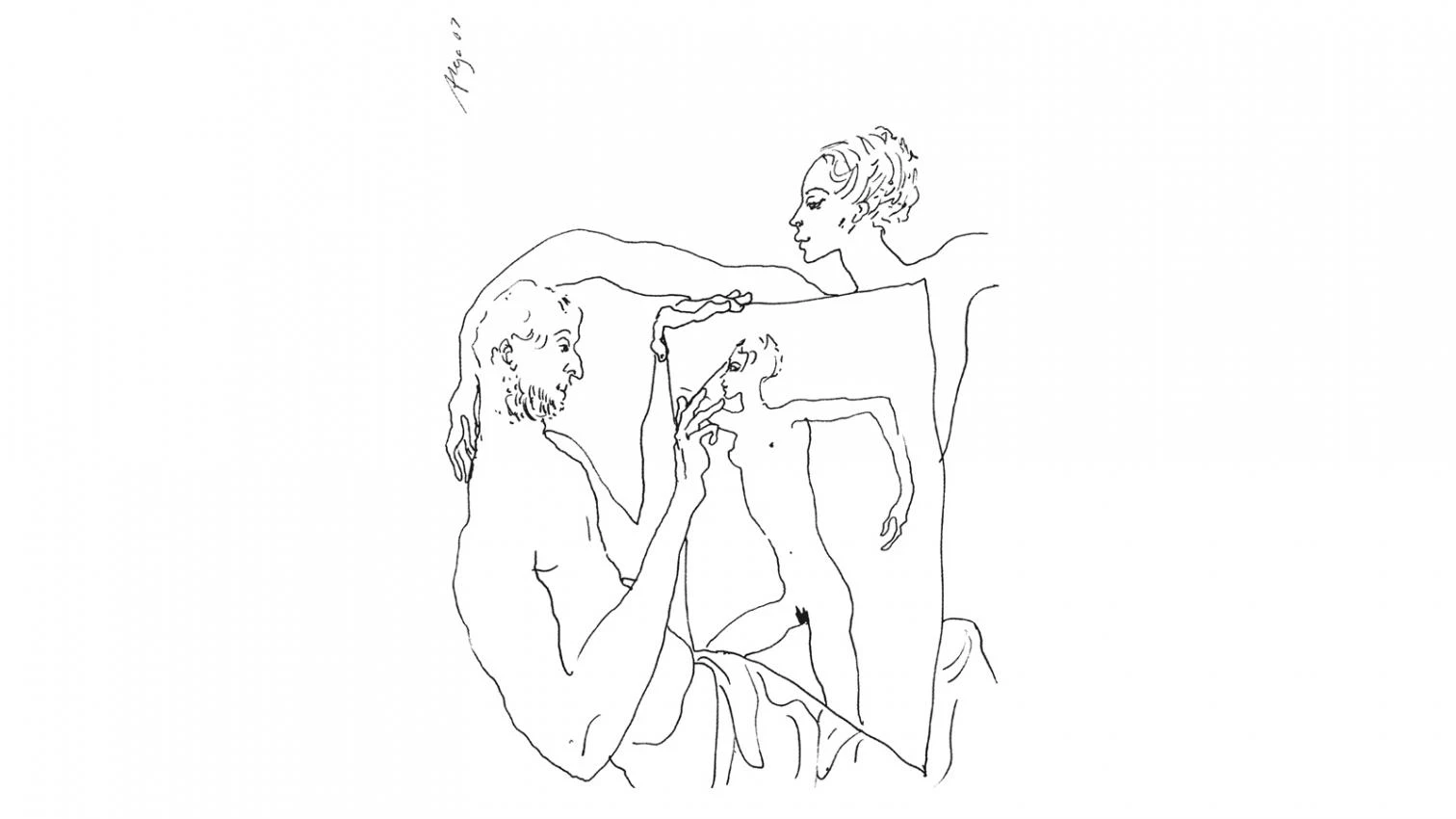The Knowing Hand

Álvaro Siza thinks with the pen and the eye. His hand is not a hand that feels; it is a hand that knows. When the line becomes tangled, it is not that the hand is blindly groping for its path, but that it awards itself the freedom of madness and the duty of indiscipline. After all, the line is threaded with the stunning security that only constant practice gives, and each drawing appears on the paper seemingly without effort, with the graceful harmony of the athlete who jumps lightly without giving away the tenacious training that such a feat involves. Siza is present both in his sketches and in his spaces, and speaks his own language with the same skill in both drawings and constructions, creating a formal universe of such singularity, uniqueness and beauty that he could indeed be considered – exceeding the inevitably narrow limits of architecture – as one of the great artists of the time we share, one that combines unique talent with quiet wisdom.
The genesiac drive of the Porto master stretches seamlessly from the conception of buildings to the representation of figures, which colonize the sketches until they truly come to life, filling the paper with nudes and horses that bring the sensuality of the organic into his agitated architecture. Francesco Dal Co has gathered Siza’s erotic drawings placing them within a long tradition that has an inevitable milestone in the engravings of Raimondi after drawings of Giulio Romano that inspired Aretino’s Sonetti lussuriosi – published in Spain by Ana Ávila, in a series directed by Juan Antonio Ramírez –, which Siza himself reproduced in versions sketched with his characteristic line, and has compared the mastery of the Portuguese with Matisse’s or Picasso’s. The relation is not unfair, because the author of the Boa Nova restaurant or the church in Marco de Canavezes belongs no longer to architects, but to the world.
As Siza embarks on the last stage of his career moving his whole archive – except for the drawings, plans and models left at the Gulbenkian Foundation in Lisbon and the Serralves Museum in Porto – to the Canadian Center for Architecture in Montreal, while keeping himself active with plenty of inspired work, surrounded by the admiration and respect of veteran colleagues and younger generations alike, one cannot but celebrate an extraordinarily consistent oeuvre, full of lyrical impulse and ethical responsibility. The young man who wanted to become a sculptor has created a universe of inhabited sculptures, and this Siza sem saudade extends the privilege of his presence among us. The architect has turned his own into a poetic profession, and his knowing hand keeps on drawing unfinished phrases, sketches of artistic and intellectual wisdom, flashes of ancient light that still dazzle us.
Luis Fernández-Galiano





